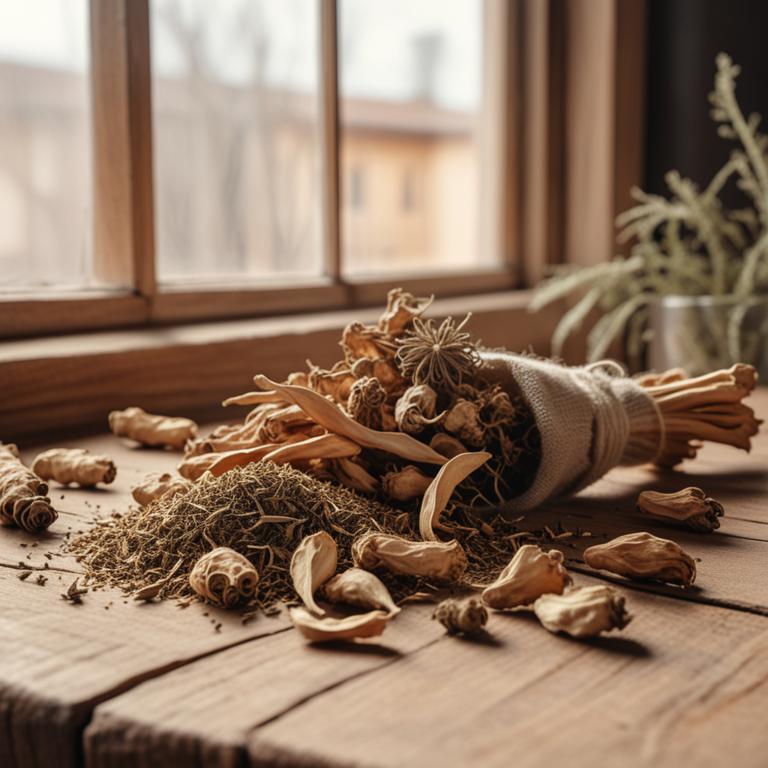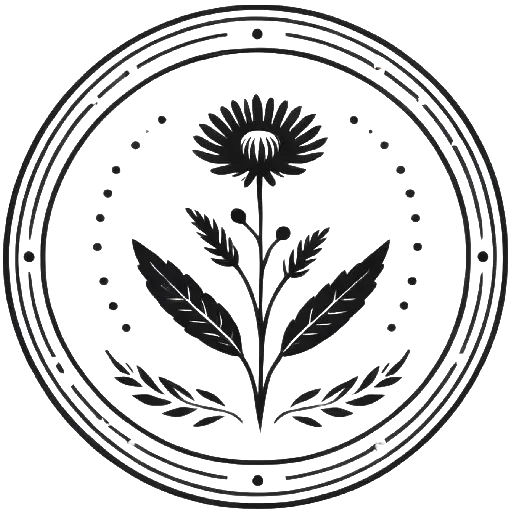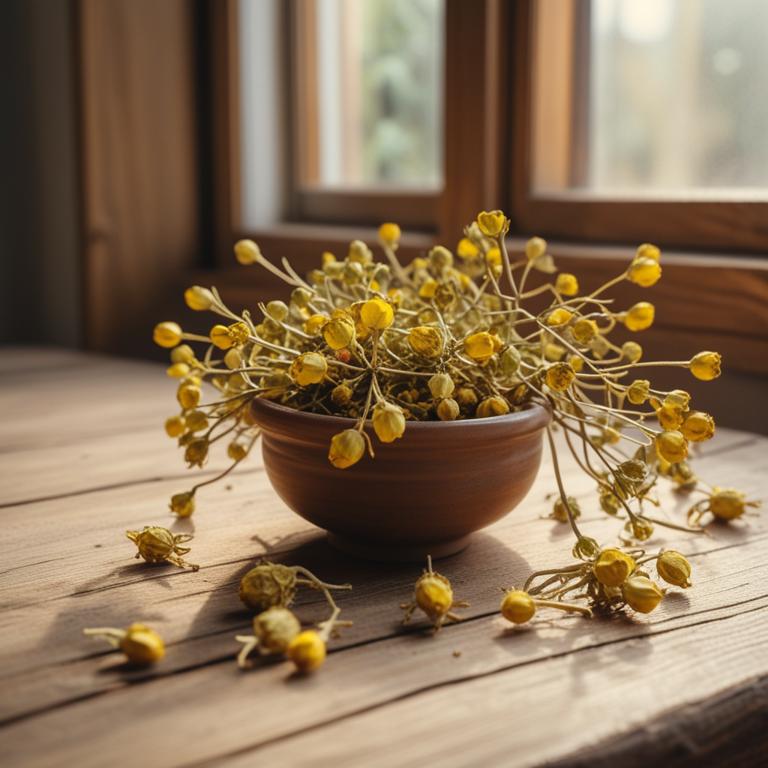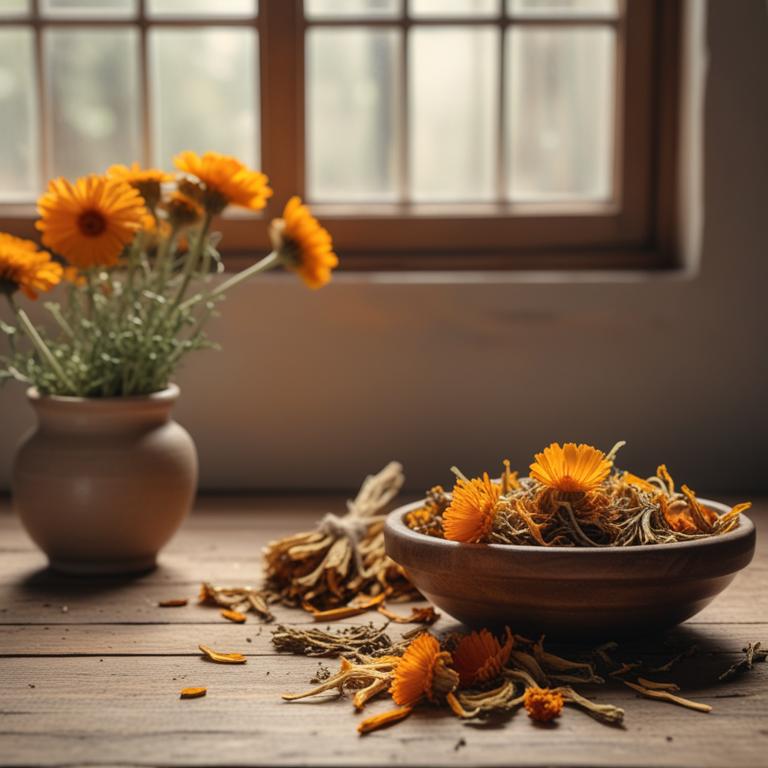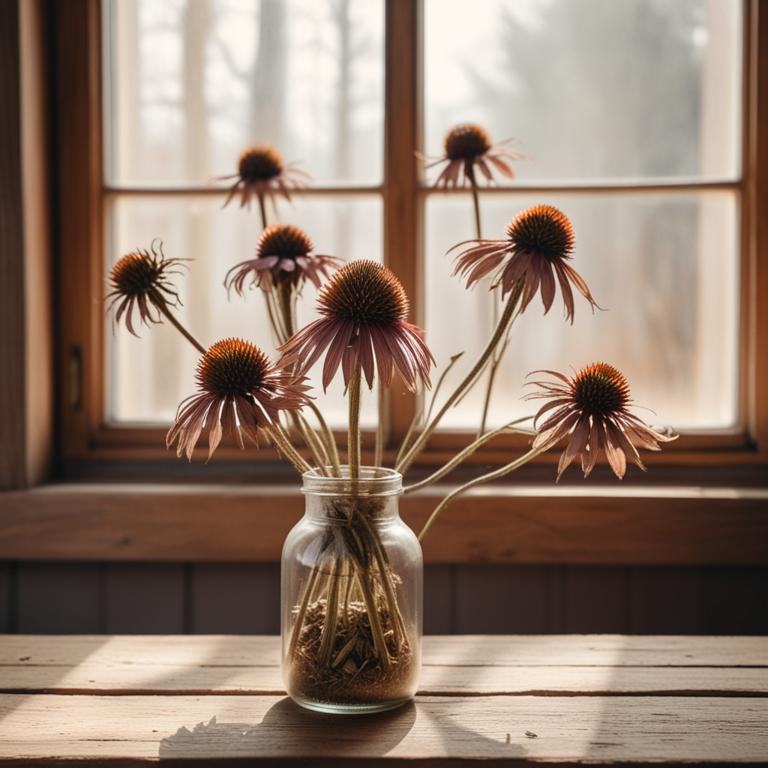Updated: Dec 1, 2024
The Causes and Effects of Stye: Medicinal Herbs and Herbal Preparations for Relief
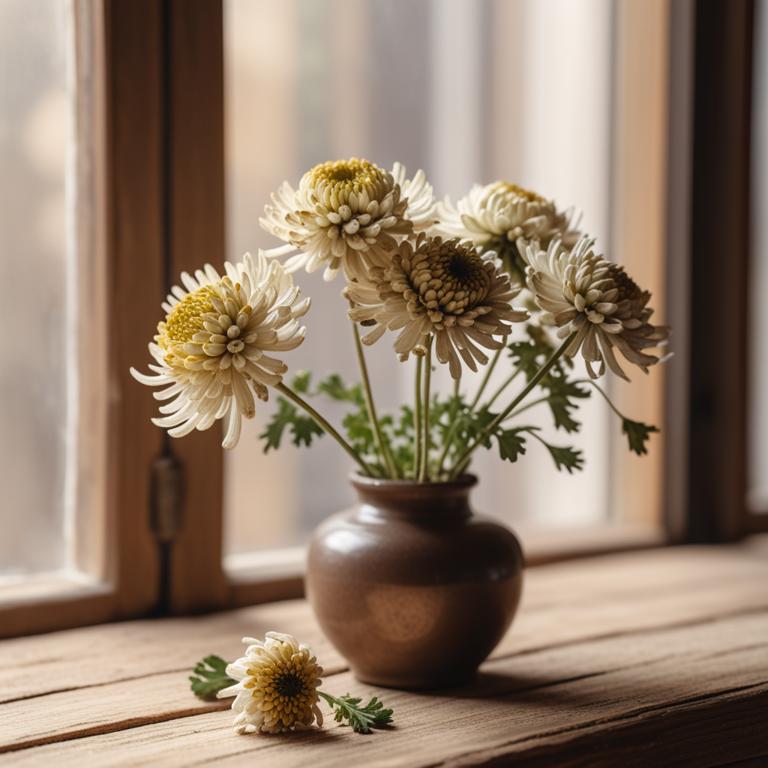
A stye is a painful and annoying bump that forms on the eyelid, usually due to a bacterial infection.
It can make your eye feel itchy, swollen, and tender to the touch, making everyday activities like reading, watching TV, or even just blinking a chore. A stye can be caused by poor hygiene, sharing makeup or contact lenses, or even having a weakened immune system. To combat a stye, you can try using some natural remedies that have antibacterial and anti-inflammatory properties. Herbs like tea tree oil, chamomile, and calendula are popular choices.
These herbs can be used in various forms, such as eye washes, compresses, or even teas. You can make a tea by steeping dried chamomile flowers in hot water, then let it cool before using it as an eye wash. Alternatively, you can mix a few drops of tea tree oil with water and apply it directly to the affected area with a cotton ball. Calendula, on the other hand, can be used in a compress form. You can steep dried calendula flowers in hot water, let it cool, and then apply it to the stye using a clean cloth. This can help reduce the swelling and ease the pain.
Remember to always clean and sterilize any tools you use, and avoid touching your eyes or the affected area to prevent the infection from spreading.
Table of Contents
What are the underlying causes of a stye?
The main causes of stye are various, but some of the most common include bacterial infection, folliculitis, blepharitis, Staph bacteria, meibomian gland dysfunction, and viral infection.
A bacterial infection is often the primary cause of stye. When bacteria like Staphylococcus aureus enter the eyelid, they can cause an infection that leads to a painful lump on the eyelid. Folliculitis is another cause of stye. It occurs when the hair follicles on the eyelid become inflamed, often due to a bacterial or viral infection. This can cause a painful bump on the eyelid.
Blepharitis is an inflammation of the eyelids, which can lead to stye. It's often caused by a bacterial infection, but can also be triggered by allergies or skin conditions like eczema. Staph bacteria are often associated with stye, as they're commonly found on the skin and can easily infect the eyelid. Meibomian gland dysfunction can also cause stye. The meibomian glands produce the oils that keep the eyes moist, but when they become blocked or inflamed, it can lead to a stye. Lastly, a viral infection can also cause stye.
Viruses like herpes simplex can infect the eyelid and cause a painful lump.
What benefits can herbs provide when used for a stye?
Using herbs can be a great way to help get rid of a stye.
They can reduce swelling and redness, making the stye less noticeable. Some herbs have antiseptic properties, which can help prevent infection and promote healing.
They can also help ease pain and discomfort, making it more comfortable to rest the affected eye. Additionally, these herbs can help prevent scarring, so you're left with a smooth and even area once the stye has cleared up.
Some herbs can even help speed up the healing process, so you can get back to normal activities sooner.
What are the key medical herbs for stye?
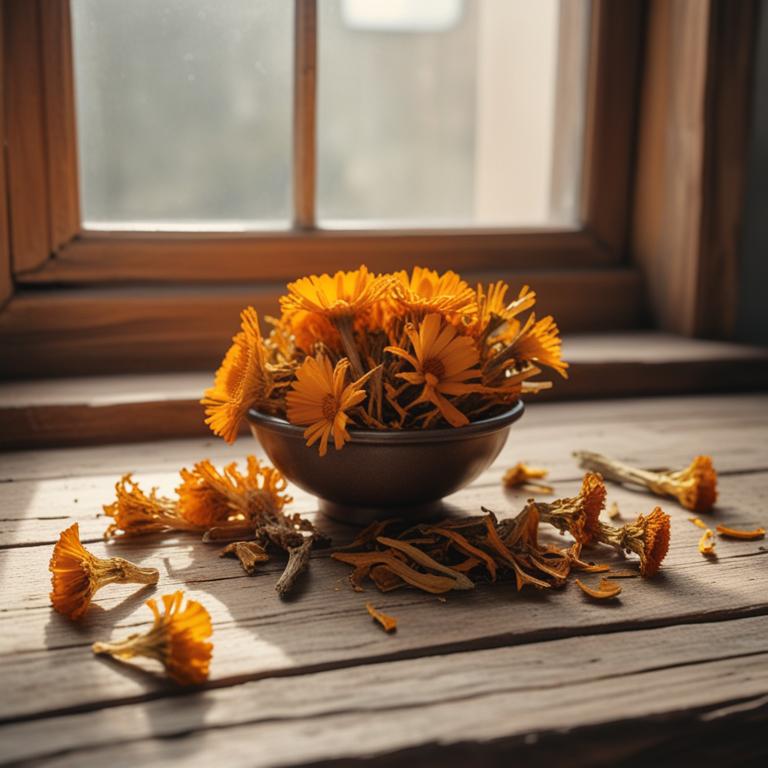
When it comes to treating a stye, herbs can be a great natural remedy.
One of the best herbs for soothing a stye is Calendula officinalis, also known as marigold. This herb has anti-inflammatory properties that help reduce swelling and redness. It also has antibacterial properties that fight off the bacteria that cause the stye. Another herb that's good for styes is Aloe barbadensis, or aloe vera. Aloe vera has a soothing gel that can be applied directly to the affected area to reduce pain and inflammation. It also has antibacterial properties that help prevent the stye from getting worse. Echinacea purpurea, or coneflower, is an herb that boosts the immune system, which can help your body fight off infections that cause styes.
It also has anti-inflammatory properties that reduce swelling and redness. Hypericum perforatum, or St. John's Wort, is an herb that's often used to treat skin conditions, including styes. It has anti-inflammatory and antibacterial properties that help reduce swelling and fight off bacteria. Finally, Melaleuca alternifolia, or tea tree oil, is an herb that's known for its antibacterial properties. It can be applied directly to the affected area to help fight off the bacteria that cause the stye. However, it's worth noting that tea tree oil should be used in moderation, as it can be quite potent. These herbs can be used in different ways to treat a stye, such as making a tea or applying a salve or gel directly to the affected area.
They're a great alternative to antibiotics and other medications, and can be especially helpful for people who are allergic to certain ingredients or prefer a more natural approach to health.
Which herbal formulas are used the most to treat stye?
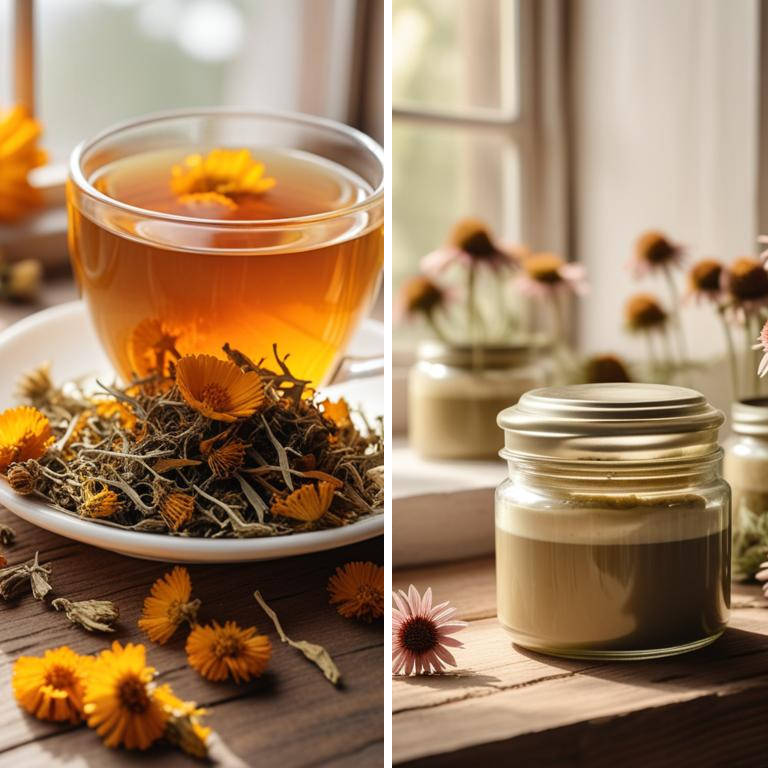
Herbal preparations can be a great help when it comes to treating styes.
A warm compress made from chamomile tea can help bring the stye to a head, allowing it to drain and heal faster. You can also try applying a chamomile or calendula cream to the affected area to reduce inflammation and promote healing.
An herbal infusion, like one made from eyebright, can be applied as a wash to help bring the stye to a head, while an herbal decoction, like one made from marshmallow root, can be used as a soothing wash to calm the skin. You can also try using a salve made from herbs like plantain or aloe vera to help bring the stye to a head and promote healing.
These preparations work by reducing inflammation, promoting drainage, and soothing the skin, all of which can help your stye heal faster.
Additional Resources:
Are there any specific herbs that you should not use if you have a stye?
If you have a stye, it's best to be careful with some herbs that might irritate it.
Eucalyptus globulus, for example, is often used to relieve congestion, but its oils can be too harsh for a stye. Applying eucalyptus oil to the affected area could make the stye worse and even cause more redness and swelling. Another herb to be cautious with is Rosmarinus officinalis, or rosemary. Its essential oils can be irritating to the skin, and using rosemary oil on a stye could cause more inflammation and discomfort. This means you might want to avoid using rosemary oil or any products containing it until your stye has healed. Rhus toxicodendron, or poison ivy, is not an herb you'll usually find in a skincare routine, but its sap can cause a severe skin reaction.
If you have a stye and accidentally get Rhus toxicodendron sap on it, it could make the stye worse and cause even more pain and discomfort. Silybum marianum, also known as milk thistle, is commonly used to support liver health, but its seeds can cause skin irritation in some people. If you have a stye, applying milk thistle oil to the affected area could make it worse, especially if you have sensitive skin. Finally, Solanum tuberosum, or potato, is not typically used in herbal remedies, but its sap can cause skin irritation in some people. If you have a stye and accidentally get potato sap on it, it could make the stye worse and cause more redness and swelling. In general, it's a good idea to consult with a healthcare professional before using any new herbs or oils on a stye, especially if you're unsure about their potential effects.
They can provide guidance on the best ways to care for your stye and recommend safe and effective treatments.
FAQ
Are there any specific herbs that can prevent stye?
Some herbs like tea tree oil and calendula have antibacterial properties that may help prevent styes.
These herbs can be applied topically to the affected area to reduce inflammation and promote healing.
Some people also use chamomile to soothe and calm the skin, which can help prevent styes from forming.
Is it safe to use herbal remedies for stye during pregnancy?
During pregnancy, it's best to be cautious with herbal remedies.
Some herbs, like chamomile and calendula, are sometimes used for stye, but their safety during pregnancy is not fully understood.
As a precaution, you might want to stick to gentle, tried-and-true treatments like warm compresses and antibiotic ointment, if your stye doesn't clear up on its own.
Are there any herbs that can reduce the frequency of stye?
Some people find that applying a warm tea bag made from herbs like calendula or chamomile can help reduce the frequency of styes.
The anti-inflammatory properties in these herbs may soothe the affected area and promote healing.
You can also try applying a cooled compress or a paste made from turmeric, which has similar benefits.
Can i combine different herbal remedies for stye?
You can combine different herbal remedies for a stye, but be cautious.
For example, you can mix tea tree oil with aloe vera gel to reduce swelling and fight bacteria. Alternatively, you can try combining calendula with chamomile to soothe and calm the affected area.
Just remember to clean the area first and use a gentle touch.
Related Articles
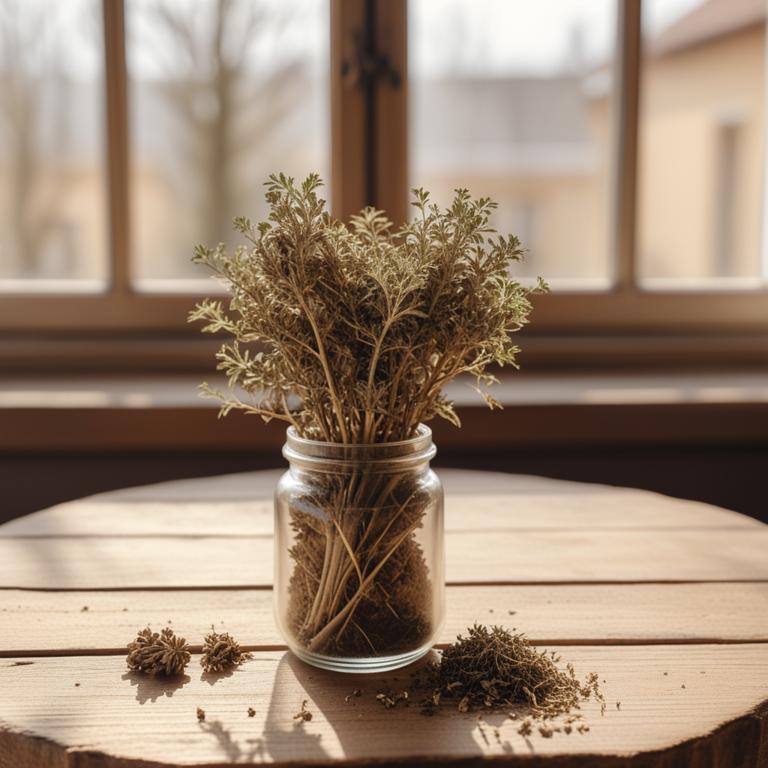
Causes and Remedies for Dark Lips: Medicinal Herbs and Herbal Preparations
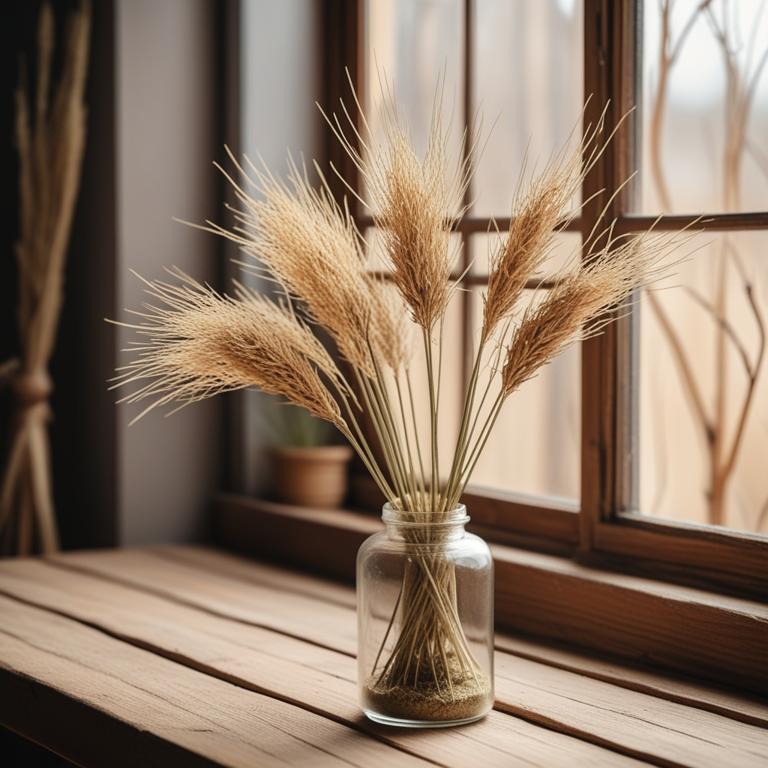
Managing Body Odor with Medicinal Herbs and Herbal Remedies
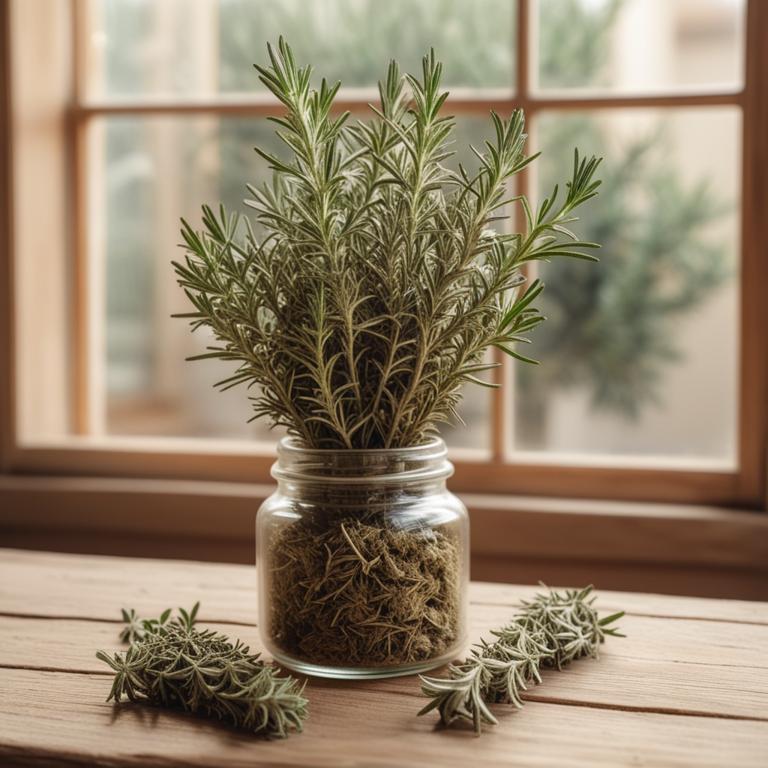
Frizzy Hair Causes, Medicinal Herbs, and Natural Preparations
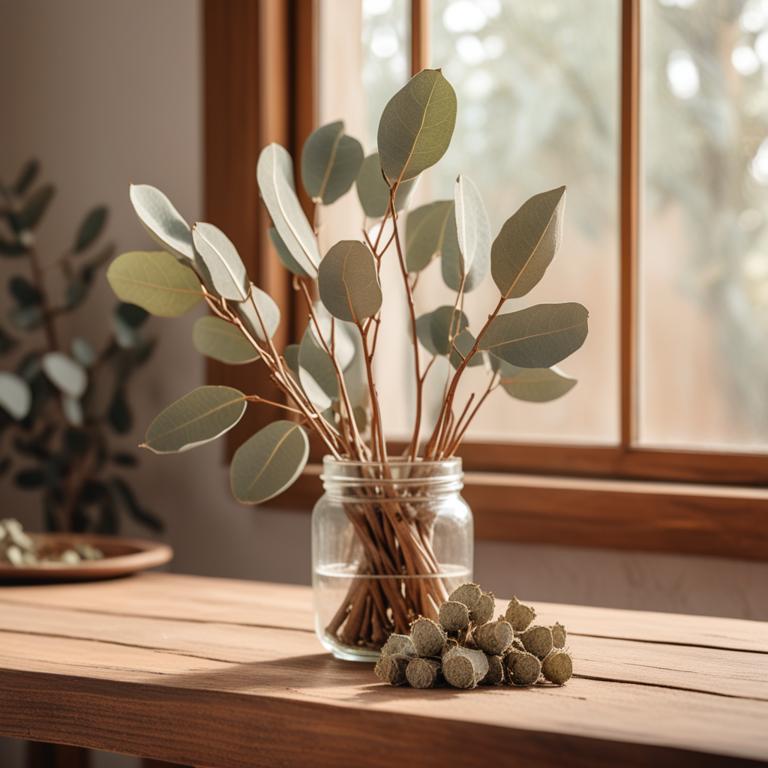
Causes, Symptoms, and Herbal Remedies for Periodontal Disease Prevention and Management
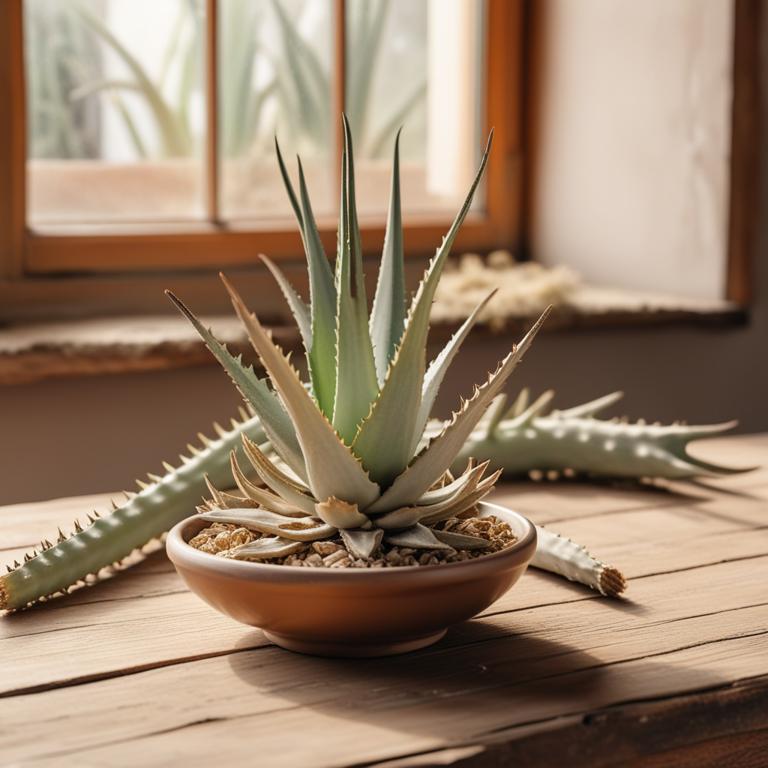
Natural Treatments for Open Wounds: Causes, Medicinal Herbs, and Preparations
